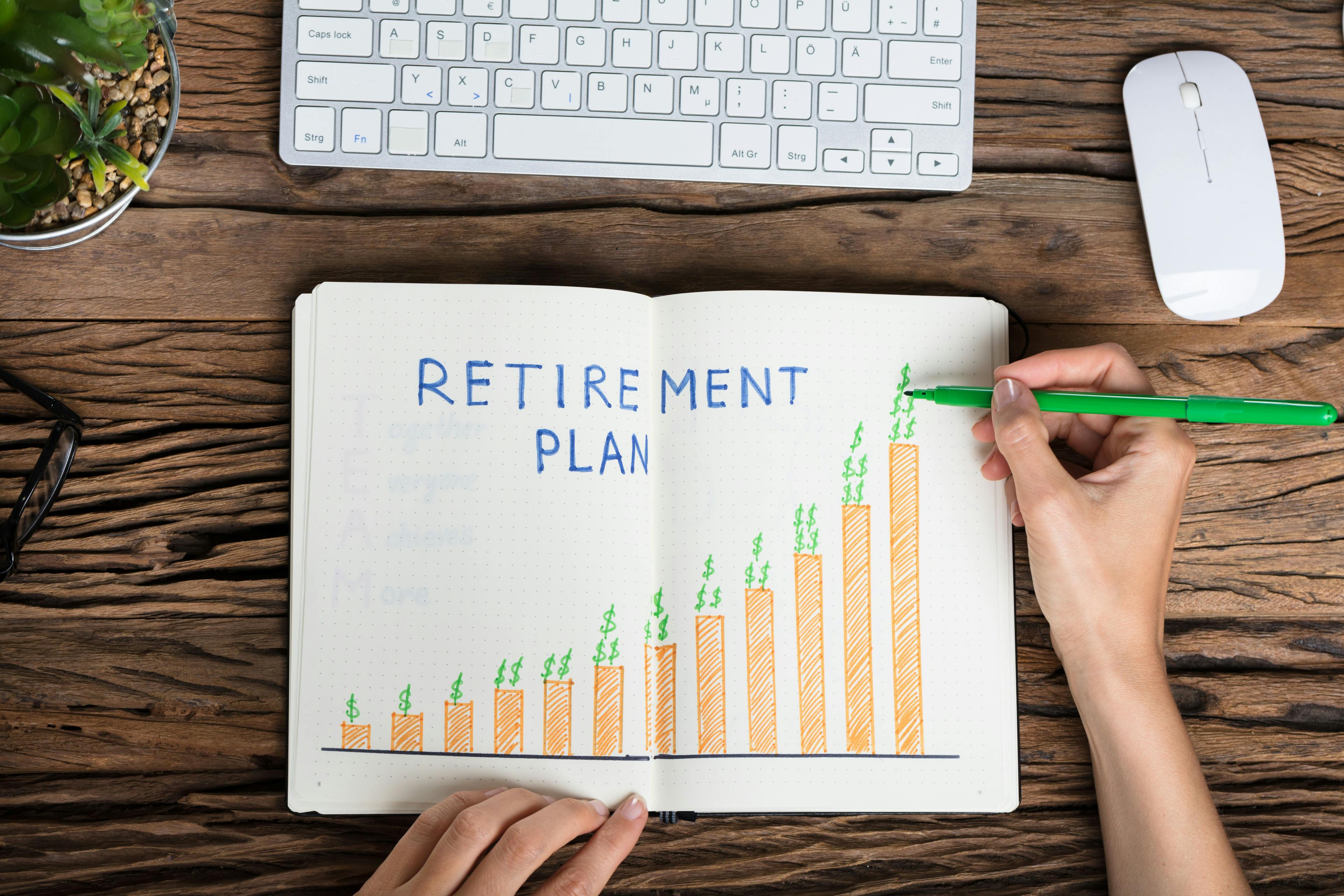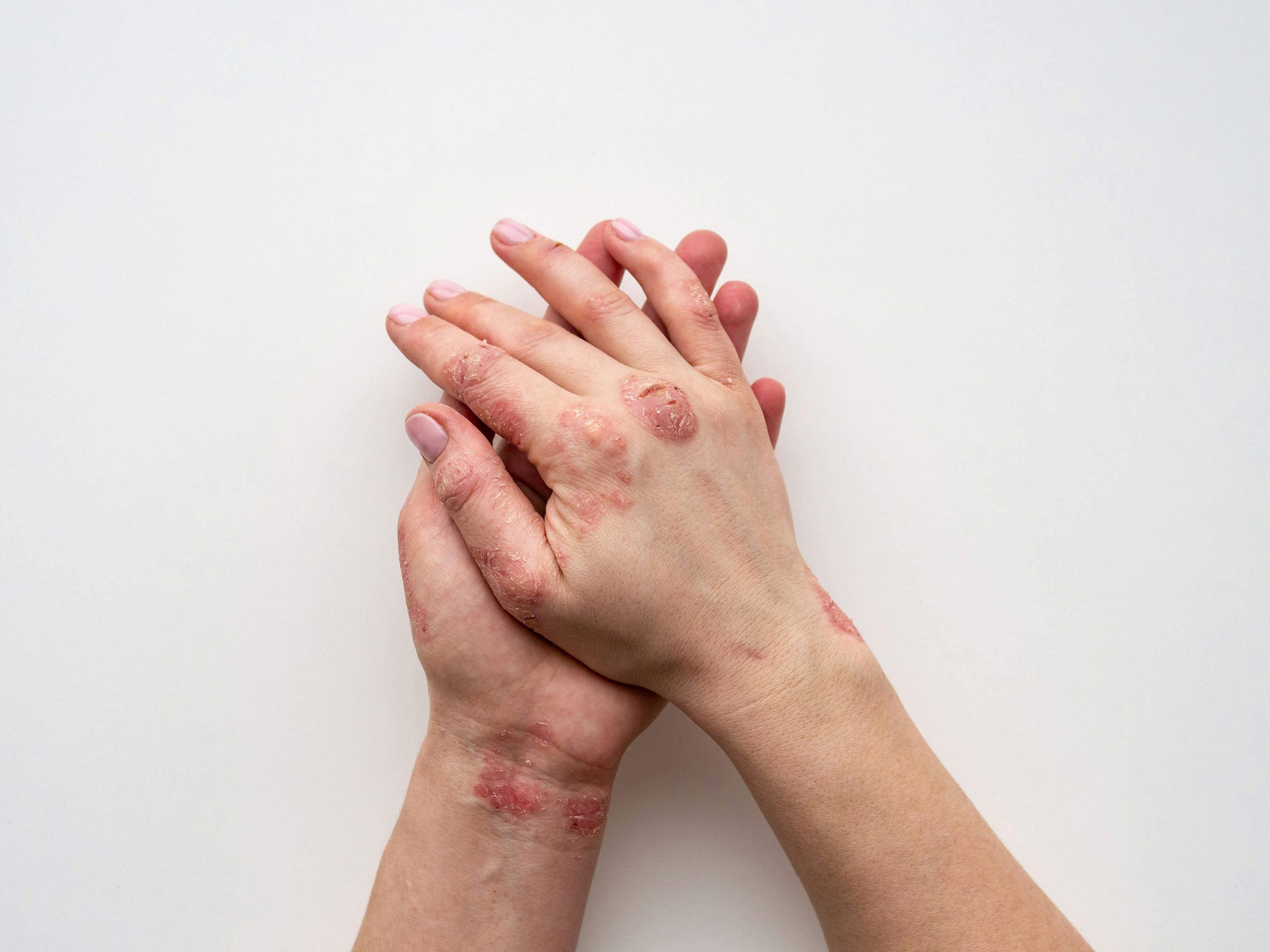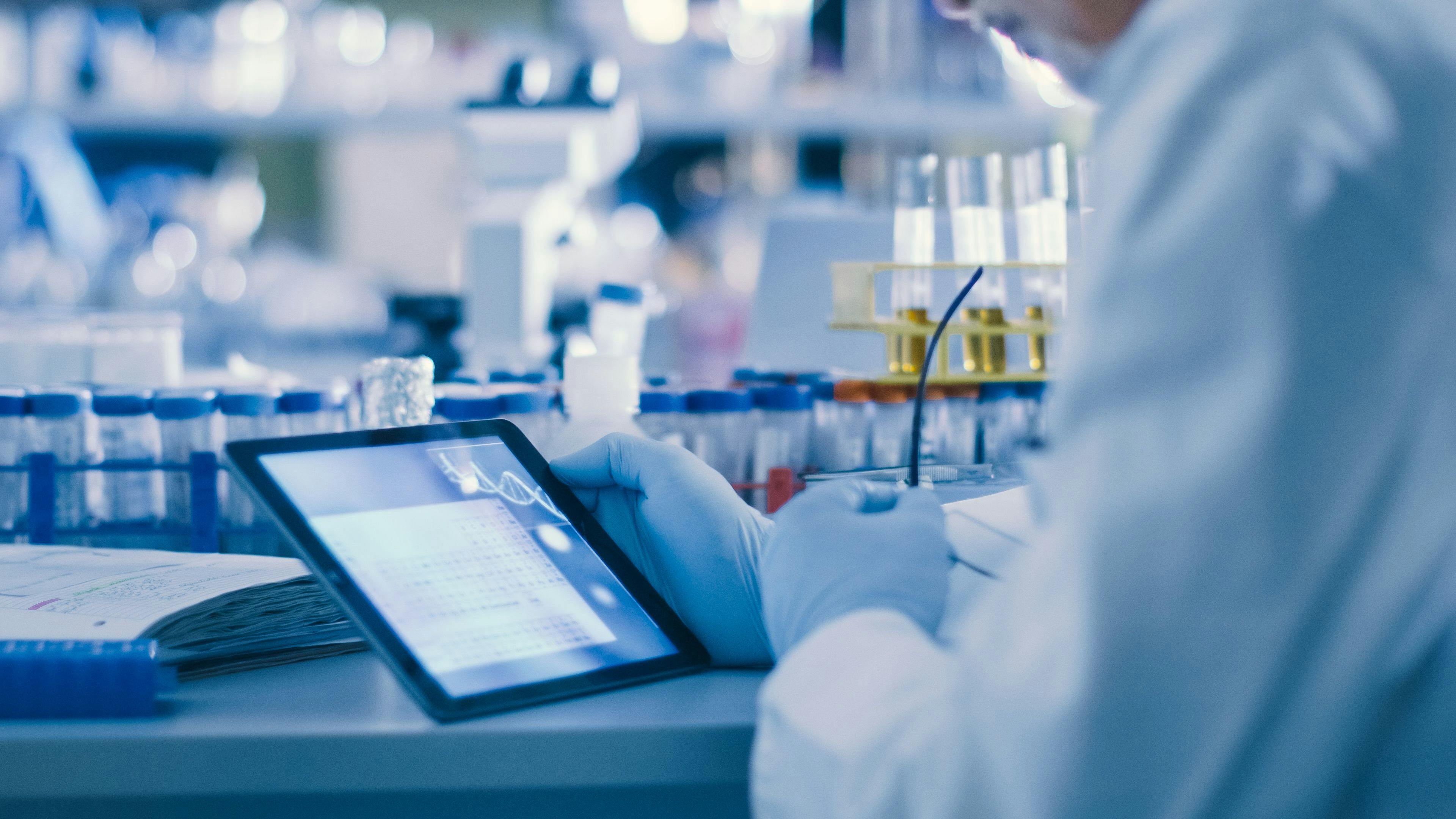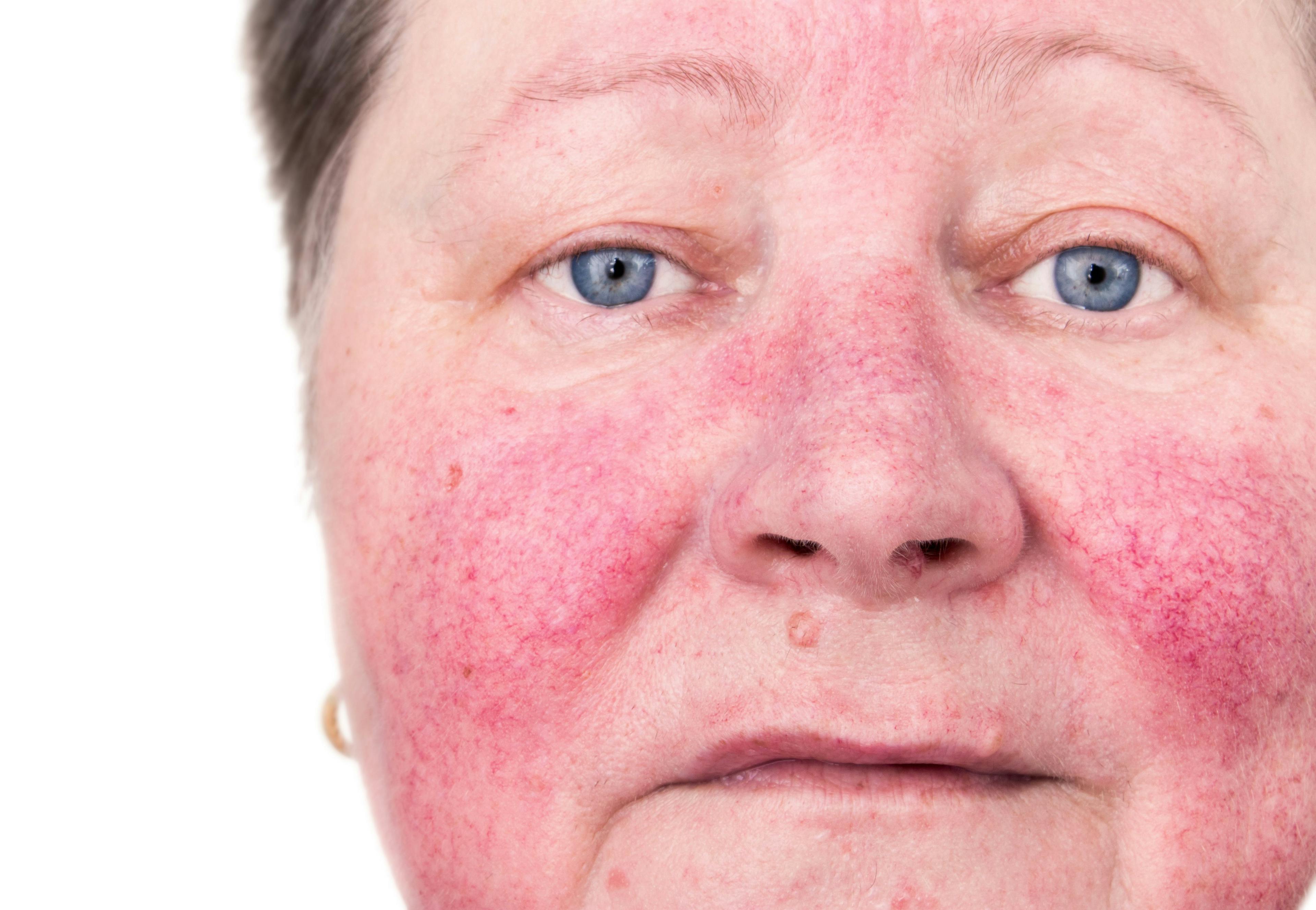- Acne
- Actinic Keratosis
- Aesthetics
- Alopecia
- Atopic Dermatitis
- Buy-and-Bill
- COVID-19
- Case-Based Roundtable
- Chronic Hand Eczema
- Chronic Spontaneous Urticaria
- Drug Watch
- Eczema
- General Dermatology
- Hidradenitis Suppurativa
- Melasma
- NP and PA
- Pediatric Dermatology
- Pigmentary Disorders
- Practice Management
- Precision Medicine and Biologics
- Prurigo Nodularis
- Psoriasis
- Psoriatic Arthritis
- Rare Disease
- Rosacea
- Skin Cancer
- Vitiligo
- Wound Care
Publication
Article
Dermatology Times
Study: Is Rosacea Hereditary?
Author(s):
A study in the Journal of Clinical and Aesthetic Dermatology dove into the hereditary predisposition of rosacea within families.
A retrospective observational study in the Journal of Clinical and Aesthetic Dermatology (JCAD) examined patients affected by rosacea from June 2018 to June 2019. The investigators gathered demographic data on characteristics, anamnestic, and clinical data—including severity grade, according to global ROSaceaCOnsensus (ROSCO) recommendations. Questions were also made about familiarity and interfamilial transmission up to 6 generations. In most cases, affected relatives were all clinically examined (including children) and for those not available for consultation, photos were obtained, the article explained.
Based on the results, the following modalities were considered:
- Horizontal transmission that encompasses all family members who do not directly descend from the proband—defined as a subject with at least 1 family member with rosacea;
- vertical transmission that included all family members who directly descend from the proband in an ascending and/or descending trend; and
- combination of vertical and horizontal transmission.
Overall, 130 patients (37 males/93 females; mean age 49.3±18.6 years; range 18–85 years) were consecutively enrolled into the study. Fixed centrofacial erythema+/-telangiectasias+ papules/pustules lesions was the predominant phenotype in 67patients (51.5%), followed by fixed centrofacial erythema+/- telangiectasias in 49 (37.8%), phymatous changes in 5 (6.9%) or ocular manifestations in 9 (3.8%), the researchers wrote.
The severity of the rosacea was mild in 45 cases, moderate in 70 cases, and severe in 15 cases. Astatistically significant association was found between fixed centrofacial erythema +/- telangiectasias + papules and pustules phenotype and female gender (p=.0001); phymatous changes with male sex (p=.0001), normal weight (p=.009), and smoking (p=.026); and ocular symptoms with alcohol consumption (p=.01) for these patients.
There were 64 probands out of the 130 patients (49.2%) that were positive for at least 1 family member. Of the 64 probands, 28 (43.8%) had issues with fixed centrofacial erythema+/- telangiectasias, 26 (40.6%) by fixed centrofacial erythema +/- telangiectasias + papules/pustules, and 1 (1.6%) by ocular manifestations or phymatous changes, respectively. For severity, it was considered mild in 21 (32.8%) cases, moderate in 35 (54.7%), and severe in 8 (12.5%) patients. A statistically significant association was found between familial rosacea and fixed centrofacial erythema +/- telangiectasias + papules/pustules lesions (p=.005) and alcohol consumption (p=.01), the researchers wrote.
In the probands group after an accurate familial anamnestic investigation of the whole kindred, 90 relatives (69.2%) effected were identified and 45 (50%) showed fixed centrofacial erythema +/- telangiectasias, 32 (35.5%) fixed centrofacial erythema +/- telangiectasias + papules/pustules, and 10 (11%) and 3 (3.5%) ocular manifestations or phymatous changes, respectively. The severity rate was mild in 39 (43.4%), moderate in 42 (46.6%), and severe in 9 (10%) patients. A statistically significant association was found between phymatous changes and male gender (p=.0001).1
For rosacea inheritance, vertical transmission was found in 45 (70.3%) probands, horizontal transmission in 11 (17.2%), and combined transmission in 8. When looking at ascending, descending, and a combination of ascending and descending vertical transmission, 56 patients were identified. Forty-five of the relatives were ascending, 7 were descending, and 4 were a combination of both. Overall, in the vertical transmission group maternal lineage was predominant compared to paternal (29/45.3% vs 21/32.9%). In the horizontal transmission group of 13 relatives, 2 pairs of fraternal twins were observed, and 21 relatives were involved in combined horizontal/vertical transmission, the researchers wrote.
“Based on our data, the prevalence of familial rosacea was 69.2%, with a ratio patient positive for familiarity/affected relatives equal to 1:1.4,” the researchers concluded.“We believe that the prevalence of rosacea familiarity is underestimated and that a more accurate investigation among multiple family generations is advisable.”
Reference:
Intrafamilial transmission of rosacea spanning six generations: a retrospective observational study – JCAD | the Journal of Clinical and Aesthetic Dermatology. Accessed March 1, 2022. https://jcadonline.com/intrafamilial-transmission-rosacea-familiarity-observational/

Newsletter
Like what you’re reading? Subscribe to Dermatology Times for weekly updates on therapies, innovations, and real-world practice tips.





























